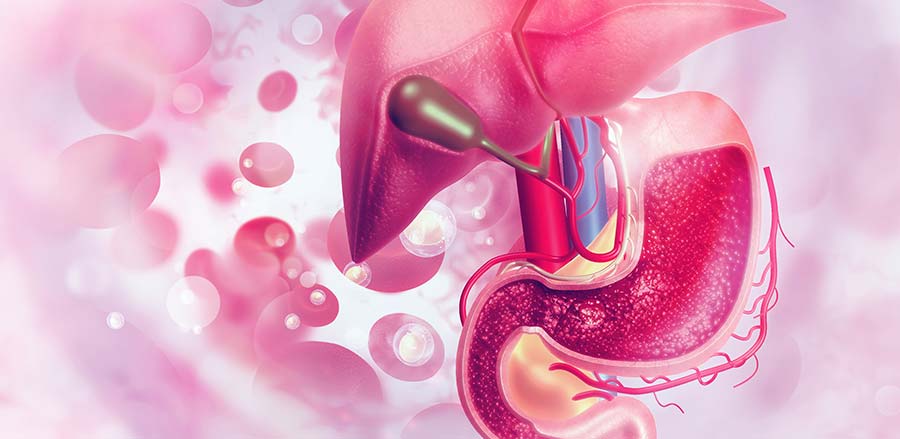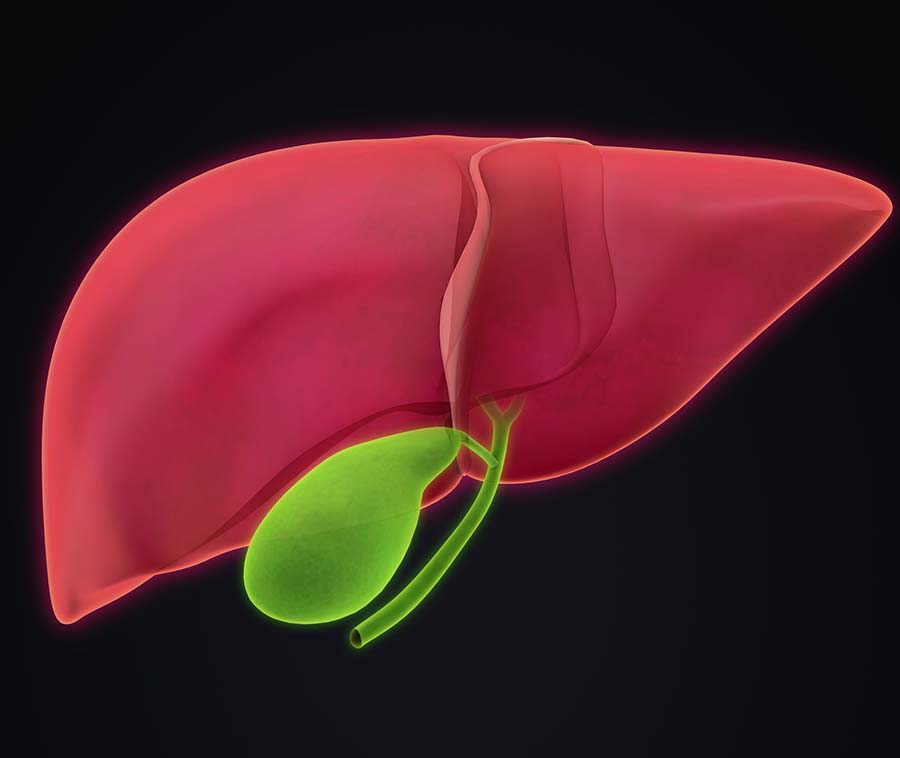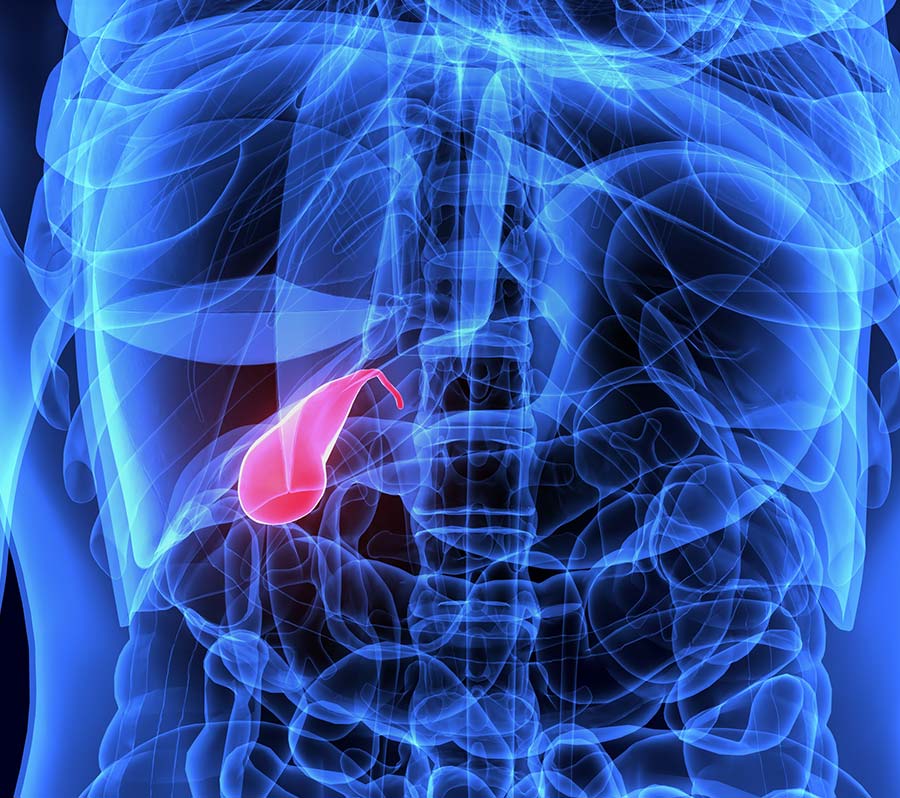
Located just under the liver, the gallbladder is small pouch that holds bile produced by its adjacent organ.
While bile does help with the digestion of fats, it’s not considered essential. This is why it’s possible to safely remove this pouch when it’s necessary to do so with a procedure known as a cholecystectomy.
Here’s what you need to know about gallbladder removal in Mission Viejo.
Reasons for Gallbladder Removal
A cholecystectomy is usually done because of recurring issues with hardened deposits called gallstones. You may also benefit from gallbladder removal in Mission Viejo if you have chronic gallbladder inflammation, gallbladder growths (polyps), or inflammation of your pancreas that’s related to your gallbladder. Image tests may be performed if there is a need to rule out other possible sources of your symptoms.
You may also be advised to consider gallbladder removal if you are not responding well to dietary changes, medication, and other non-surgical treatments for gallstones. This is common because conservative treatments do not usually keep gallstones from forming again or contributing to disruptive symptoms again.


How Gallbladder Removal in Mission Viejo Is Done
General anesthesia is used for gallbladder removal surgery. There are two possible options with this procedure. The first is a traditional or open cholecystectomy. It’s performed with a six-inch incision that’s made below the abdomen. There is also need to pull back muscle tissue to reveal the liver and access the gallbladder. The gallbladder is then removed through the incision and the surgical cut is closed.
The other approach to gallbladder removal in Mission Viejo is a laparoscopic cholecystectomy. It’s done with a series of small incisions made in your abdominal area. A tiny camera is inserted through one of the small cuts to allow the surgeon to use specially sized instruments to remove the gallbladder. An X-ray or ultrasound may also be performed during the procedure to check for other possible bile duct issues that may need to be addressed. If everything is fine, the small incisions are then closed.
In some cases, there is a need to switch to the traditional open procedure after beginning with a laparoscopic version of gallbladder removal. This could happen if you have scar tissue from a previous abdominal operation that’s making it difficult to operate through small incisions safely.
What to Expect Following the Procedure
A laparoscopic cholecystectomy is typically a same-day procedure. However, it will still be necessary to monitor you until the anesthesia wears off. Generally, patients are discharged after being able to walk without assistance and eat and drink without discomfort. With open surgery, it’s common for patients to remain in the hospital or surgical clinic for a few days.
Also, after gallbladder removal in Mission Viejo, most people are able to enjoy healthy digestion without noticeable issues. If you have the minimally invasive form of the procedure, you may be able to resume your regular activities and return to work within a few days. Your recovery may take a bit longer if the open form of the procedure is appropriate for your situation.


